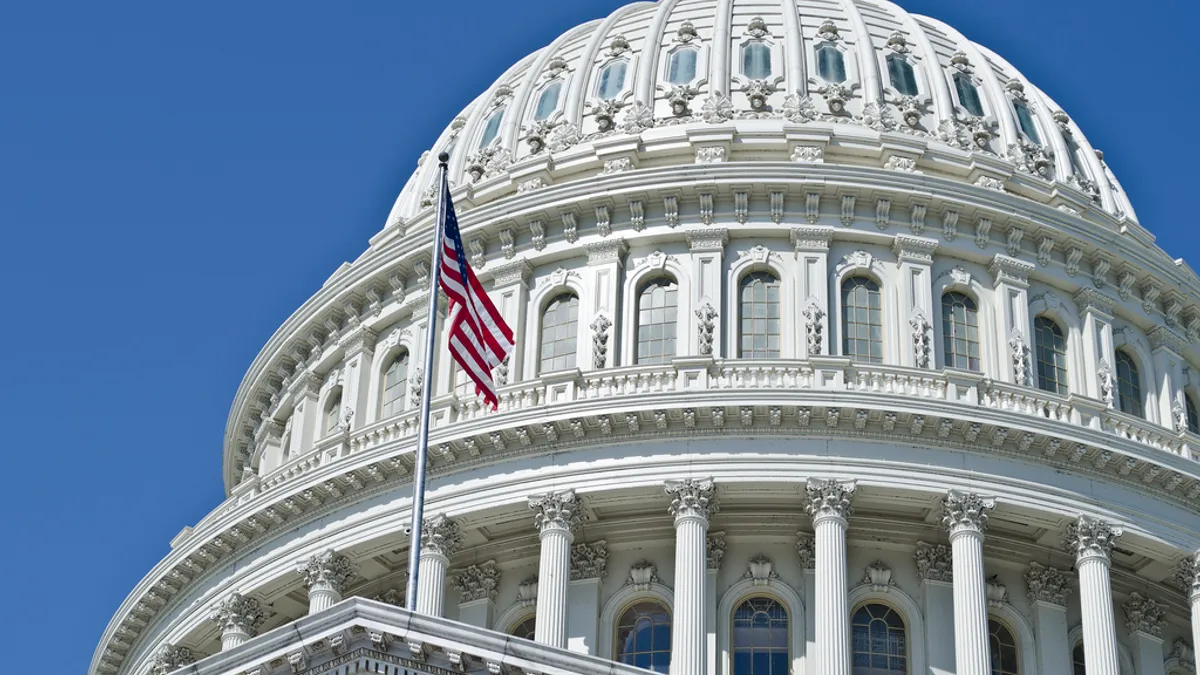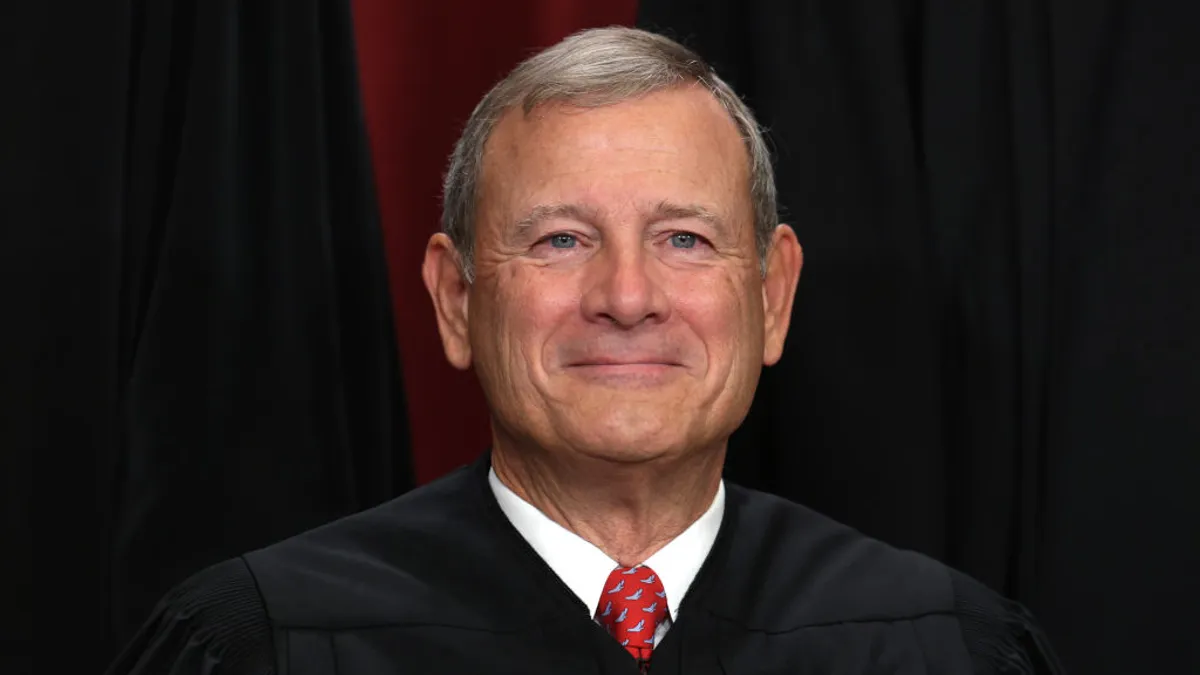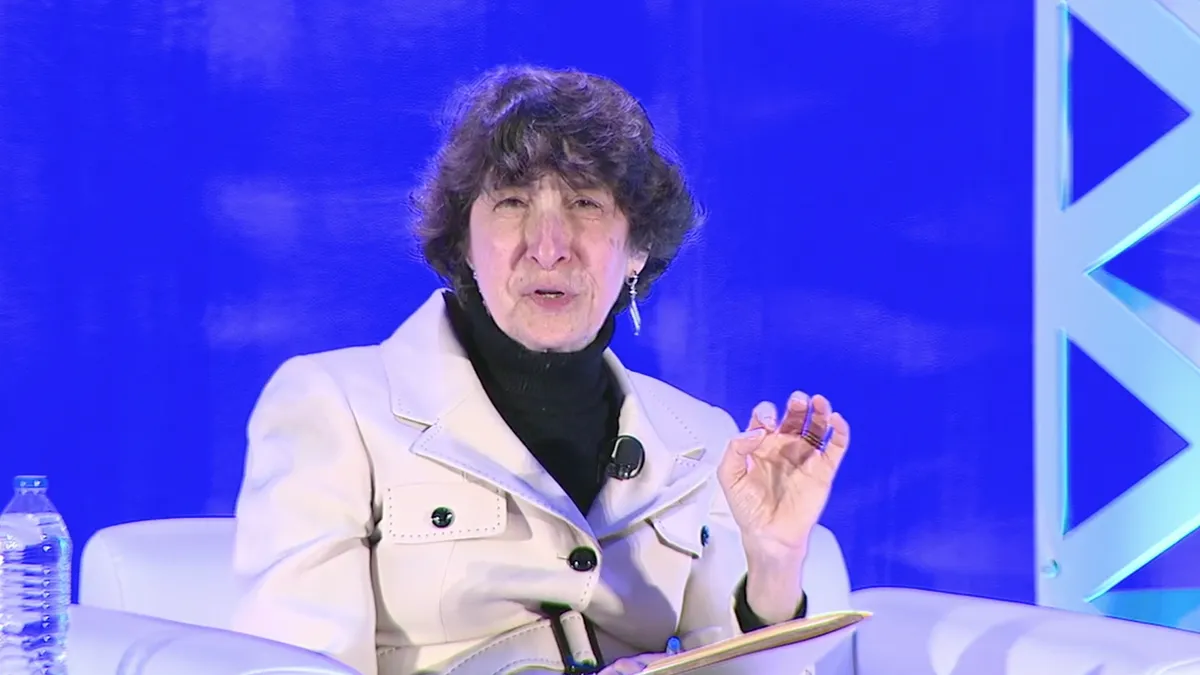Editor's note: FFCRA information is changing rapidly. For the latest updates, see our FFCRA homepage.
U.S. small businesses and their employees are living through unprecedented times. As the COVID-19 epidemic continues, many are concerned with the day-to-day as state and local governments close or otherwise restrict business operations to halt the spread of the disease.
Amid fears of a declining economy, Congress passed and President Donald Trump signed into law emergency legislation. The Families First Coronavirus Response Act (FFCRA) includes several provisions, but two of them have a particular impact on employers with fewer than 500 employees. Such firms employed 47%, or some 59.9 million people in the U.S. in 2019, according to data from the U.S. Small Business Administration — just shy of half the country's workforce.
Now those same employers, many of them already thrown into operational crises due to scaled-back consumer demand, revenue and operations, are scrambling to implement the FFCRA's emergency leave protections by its effective date, April 1. Sources who spoke to HR Dive painted a dire picture of the law's impact.
"They're particularly despondent right now," Jeff Nowak, shareholder at Littler Mendelson, said of the reactions of small businesses. A portion of these employers don't believe the law will provide timely relief to either their employees or their businesses, and many within that camp are struggling to survive, he told HR Dive in an interview: "By the time this is effective, they may very well be out of business."
Still, small businesses and their HR staff will need to prepare for the bill's implementation, even if they're not yet sure how they will afford it. HR Dive asked legal experts a few questions aimed at shedding light on a few of the law's most pressing mandates.
Q: Are employers paying for the FFCRA's emergency paid FMLA and paid sick leave?
The short answer is yes, but the longer answer is more complicated, Barnes & Thornburg partner Scott Witlin told HR Dive.
Initially, employers covered by the FFCRA will be responsible for paying out the two buckets of emergency leave themselves. First, there's the new paid leave under the Family and Medical Leave Act (FMLA). This is calculated based on the number of hours the leave-taking employee would normally be scheduled to work, and the amount can not be less than two-thirds the employee's regular rate of pay. The FFCRA provides that this amount will not exceed $200 per day and $10,000 in total.
Second, there's the FFCRA's paid sick leave provision, which provides qualifying full-time employees 80 hours of such leave. Part-time employees are entitled to time equal to the number of hours they work on average over a two-week period. The leave doesn't carry over from one year to the next, and the payment is calculated based on the employee's "required compensation" (i.e. the employee's regular rate of pay or the federal, state or local minimum wage, whichever is greater) and the number of hours the employee would otherwise be scheduled to work.
An important note about the paid sick time: The payout varies depending on what an employee is using it for. If the employee is using that time because he or she (a) is subject to a state, local or federal quarantine; (b) has been advised by a health care provider to self-quarantine; or (c) is experiencing symptoms of COVID-19 and seeking a medical diagnosis, that employee is entitled to a maximum amount of $511 per day and $5,110 total.
If, however, the employee is taking the paid sick time to (d) care for an individual subject to a federal, state or local quarantine or isolation; (e) care for a child whose school/place of care is closed or whose care provider is unavailable; or (f) deal with a "substantially similar condition," that employee is entitled to a maximum amount of $200 per day and $2,000 total.
Again, the employer is responsible for paying out this leave, Witlin and Nowak confirmed, but employers are eligible for tax credits to help. The credits apply to only certain employer taxes, but those savings likely wouldn't be realized until 2021, Nowak said. "That set up will certainly cripple small businesses," he added. "[They] simply don't have the cash on hand to pay out all of that sick and FMLA leave in the short term."
"We are hopeful that the IRS will identify a far more efficient and timely way of getting these payments reimbursed so that the burden the employer has won't end up putting them out of business," Nowak continued.
Q: How does the FFCRA's expanded FMLA leave provision work?
The law amends the FMLA to provide for up to 12 weeks of emergency, job-protected leave if an employee is unable to work or telework due to a need to care for a child under 18 years of age because that child's school or place of care has closed or the child's child care provider is unavailable due to a public health emergency with respect to COVID-19.
Employers with fewer than 25 employees are exempt from the job-protected aspect of this leave, however, provided the following conditions are met:
-
An employee takes emergency leave as provided under the FFCRA.
-
The leave-taking employee's position is eliminated due to "economic conditions" or other changes that affect the employer's operations resulting from the public health emergency.
-
The employer makes "reasonable efforts" to restore the employee to a position equivalent to the position the employee held when leave commenced, with equivalent pay, benefits and other terms and conditions.
-
If those "reasonable efforts" fail, the employer makes an effort to contact the employee if an equivalent position becomes available, within a contact period spelled out in the bill.
The first 10 days of the emergency FMLA leave may consist of unpaid leave. Employees may choose to substitute any accrued vacation leave, personal leave, medical or sick leave for use during those 10 days. If the employee chooses to do so, the remainder of the 12 weeks of leave is paid by the employer, calculated as described in the above section.
It's an open question, however, as to whether employers can "force" workers to take accrued leave during those first 10 days, Nowak said, adding that employers should look to the U.S. Department of Labor (DOL) to provide more guidance in the coming weeks. "I'm encouraging my clients to, as clearly as possible, explain to employees in a revised policy what benefits and options they have," he said.
There's also the possibility the FFCRA's provisions could intersect with traditional FMLA leave. Employees with serious health conditions related to COVID-19 may be eligible to take advantage of the two weeks of paid sick leave offered by FFCRA. "But once that two-week period is exhausted, many of these employees will now move into an unpaid leave status, because they are covered by the old FMLA," Nowak said.
Q: Can an employer obtain an exemption from the FFCRA?
In addition to the exemption from the emergency FMLA leave's job-protected provision for employers with fewer than 25 employees described in the previous section, the FFCRA does potentially allow for other exemptions from its provisions — under limited circumstances.
DOL may create exemptions from both leave provisions, with similar circumstances for each. For the emergency FMLA leave, it may exempt via regulation (a) healthcare providers and emergency responders; and (b) small businesses with fewer than 50 employees if the law's requirements would jeopardize the viability of the business. It is granted identical power with respect to the paid sick leave.
While this may provide relief to applicable employers, it will take some time for DOL to spell out how exactly the exemption process will work, according to Witlin. Plus, there's a reputational element for those employers to consider. "As an HR professional, you've got to think about the needs of the business [and] your long-term relationship with your employees," Witlin said. "How are you going to be viewed if other companies are giving their workers time off … and you're not doing that?"
Q: If an employer operates in a state that already mandates accrued paid sick leave, does that leave stack with the FFCRA's paid sick leave?
The answer to this question is of particular interest to those operating in states like New Jersey, where employers are allowed to accrue one hour of paid sick leave for every 30 hours worked in a calendar year, up to 40 hours.
Asked about the New Jersey example specifically, FisherBroyles partner Eric B. Meyer told HR Dive in an email that employees can use this type of accrued leave during the 10 initial days of unpaid leave, as laid out in the FFCRA's emergency FMLA provision. The same is true of laws in other jurisdictions like New York City, Stroock & Stroock & Lavan partner Howard Lavin told HR Dive in an email.
But for the FFCRA's paid sick time component, state-mandated accrued leave would run consecutively, Meyer said. In other words, the employee would be able to choose in which order they take their state-mandated accrued leave versus their leave guaranteed under the FFCRA.
Still, the situation is likely to leave many more questions for employers at this stage. "It's entirely unclear as to what paid leave gives way to another form of paid leave," Nowak said. "We don't have a lot of guidance right now … as to how we handle those situations where state and leave entitlements are going to, to some extent, clash with paid leave obligations." He added that DOL may issue additional clarifications, but that this guidance may not appear for some time.
Another important note on the paid sick leave provision is that employers may not require an employee to use other paid leave provided by the employer before the employee uses the paid sick leave guaranteed by the FFCRA. Employers may not even "insist" to that effect, Witlin said.
The FFCRA's paid sick time provision is also available for immediate use regardless of an employee's duration of employment. And an employer may not require, as a condition of taking the sick time, that workers search for or find a replacement to cover the hours during which the employee is using paid sick time.
Q: How should an employer inform employees about the leave?
The law's paid sick time provision requires employers to post, in a public place on their premises, a notice to employees informing of them of the paid sick time available to them, Susan Gross Sholinsky, member, and Nancy Gunzenhauser Popper, associate, both with Epstein Becker Green, told HR Dive in an email.
DOL must create a model notice that meets these requirements and to make it available to employers no later than March 25, one week after the law's enactment.
Nowak said that while he didn't see in the statute a notification requirement for the expanded FMLA leave, there is already a poster requirement for employers under existing FMLA law. "It could be that the DOL will update that poster to reflect these rights," Witlin said.
But employers will still need to keep up with existing FMLA processes as the epidemic continues. "If an employee is taking off because their child's school is closed, I would imagine that HR reps would be in a position that they have to let them know that there's this amount of leave," Witlin added.
Employers should get to work on a communications plan around the FFCRA's leave provisions anyway, Nowak said: "We recommend that employers, whether that's through a more informal communication, or through a revised FMLA and sick leave policy, communicate to employees their rights and benefits under the law[.]"
Nowak emphasized that further clarification around the law's implementation of the FFCRA, while needed, may not arrive in time for its effective date. But it's unclear whether the law on its own will do much to maintain long-term employment stability for the employees it aims to protect, he noted.
"Employers and employees are in desperate need of help right now, on so many levels," Nowak said. "It's heartening to see Congress and the President have acted quickly to provide some relief, but it just simply scratches the surface."
Correction: A previous version of this article incorrectly stated the maximum daily payout for emergency FMLA leave in scenarios (a), (b) and (c), as well as the implementation date of the FFCRA. The correct amount is $511 per day, and DOL announced the law's leave requirements will take effect April 1.






















